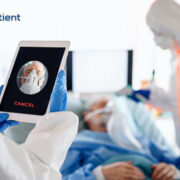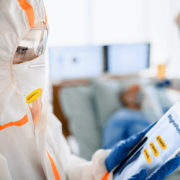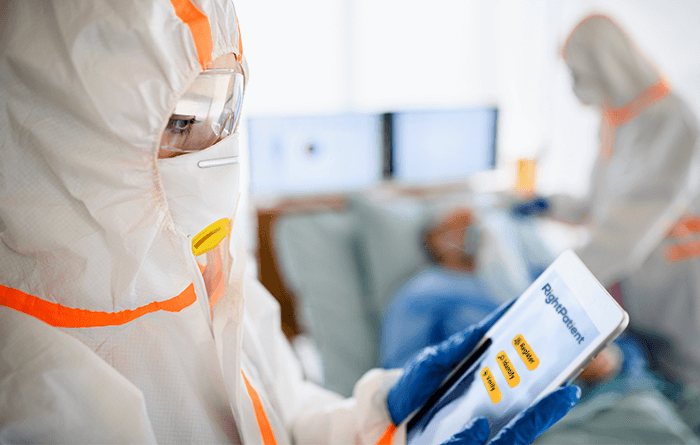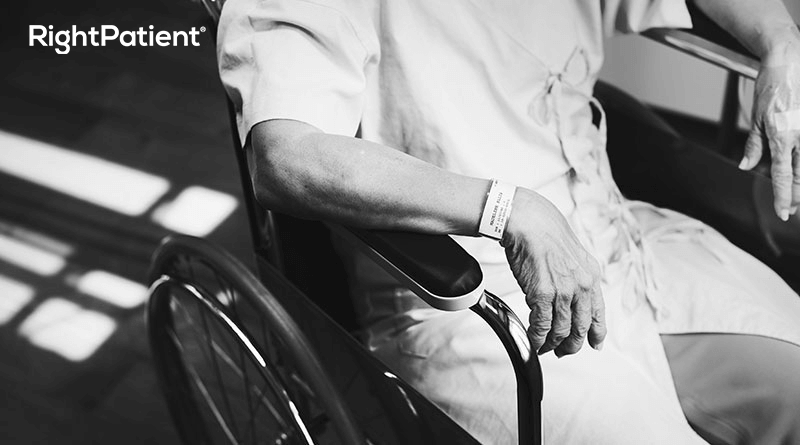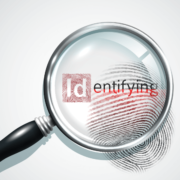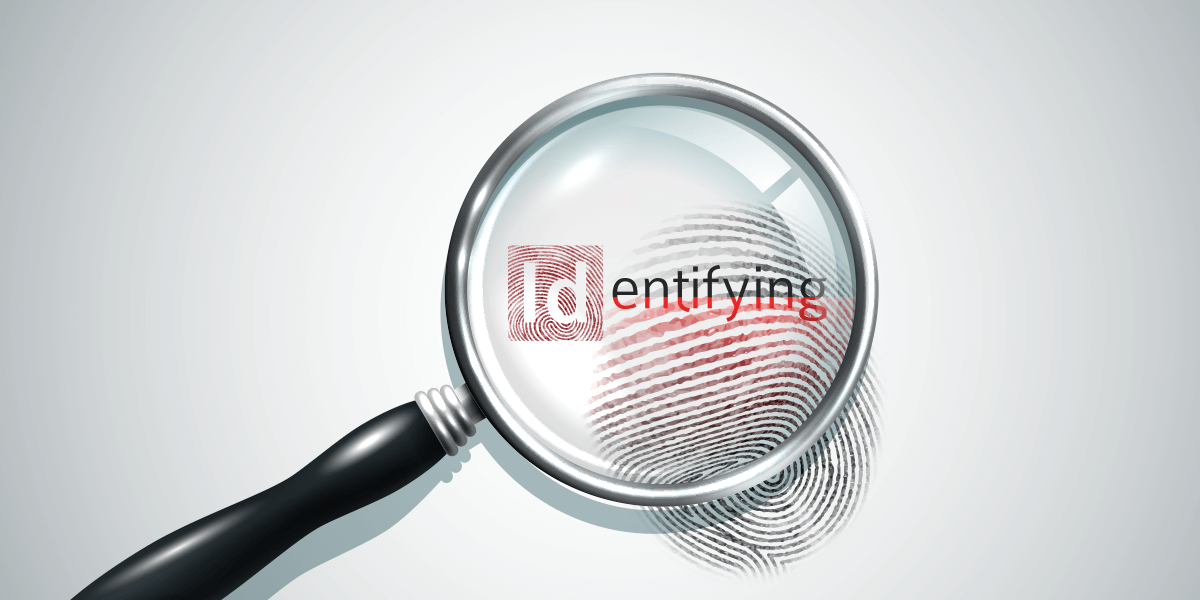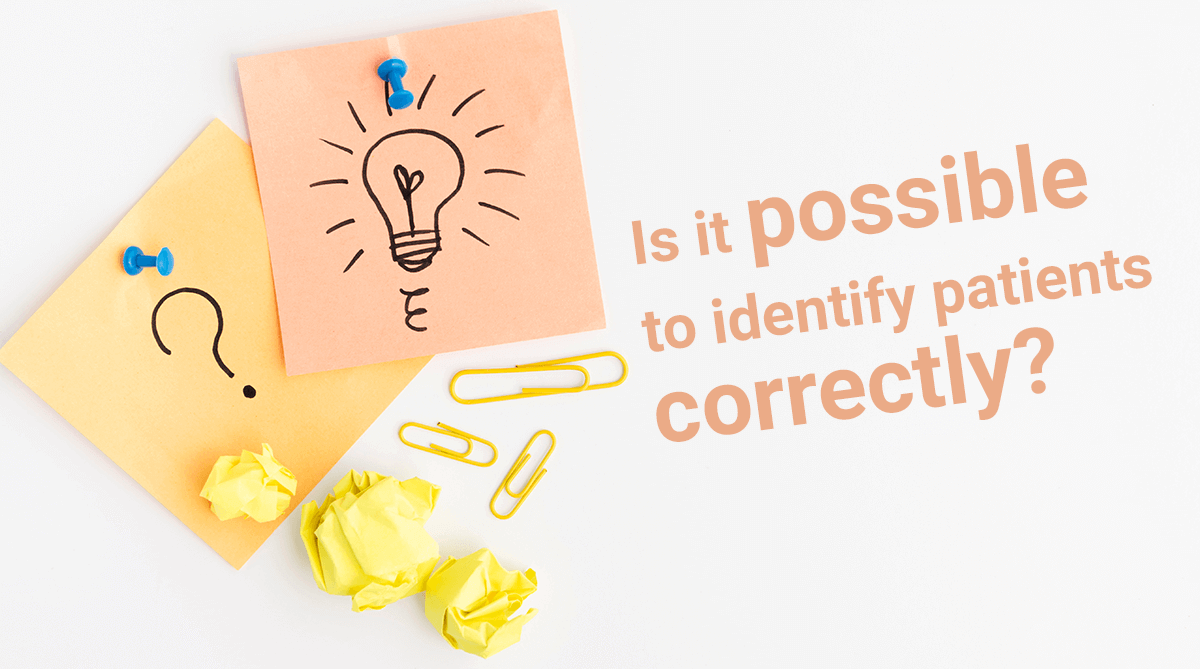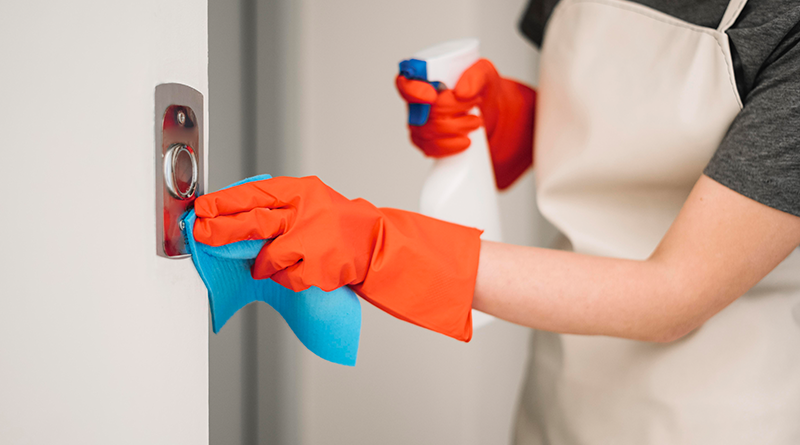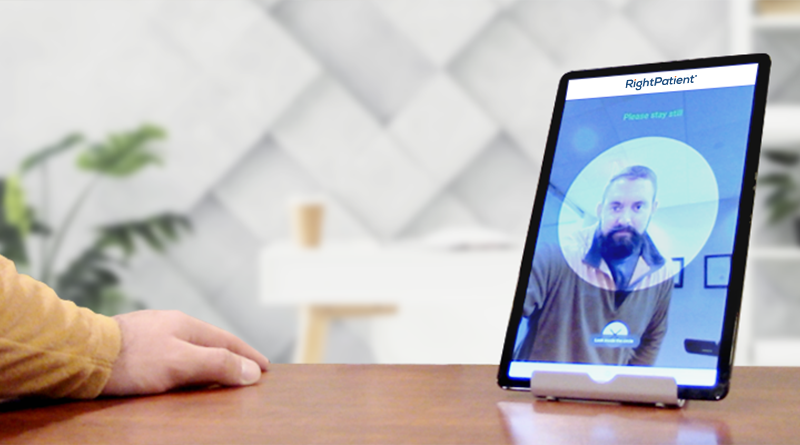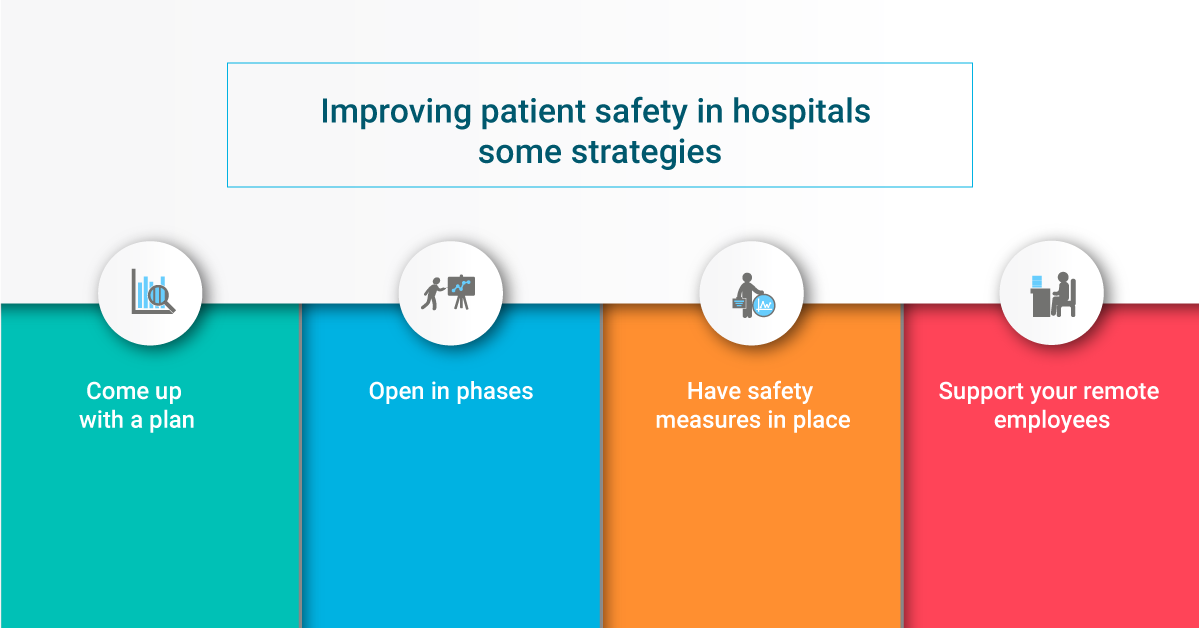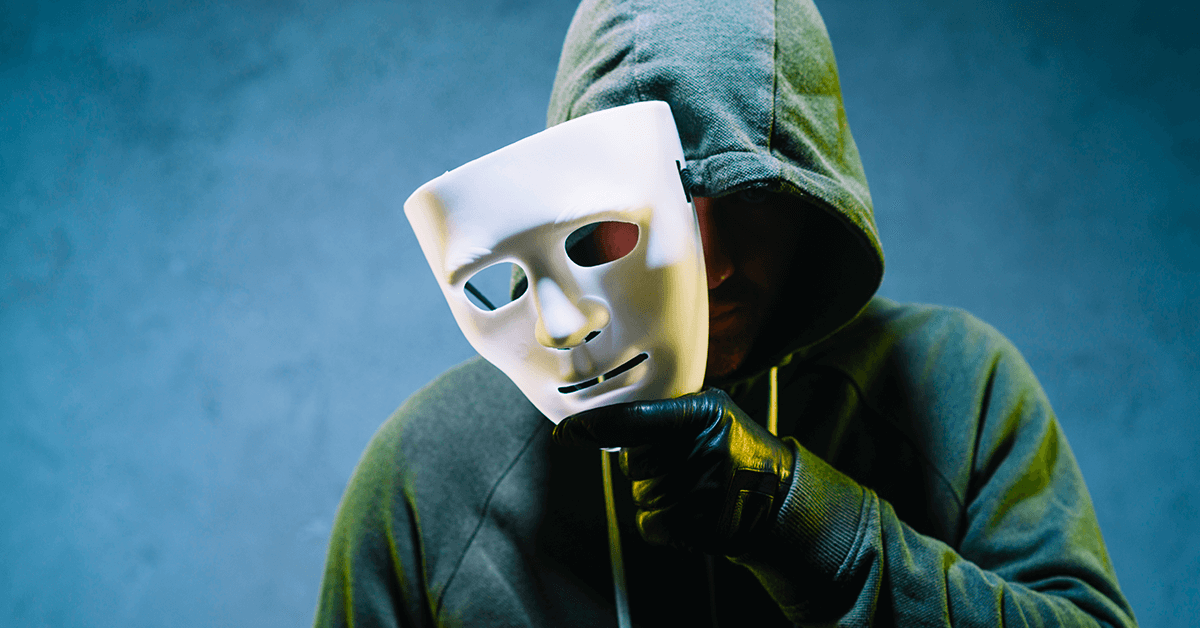Infection Control in Hospitals – How it Should be Addressed as Hospitals Reopen
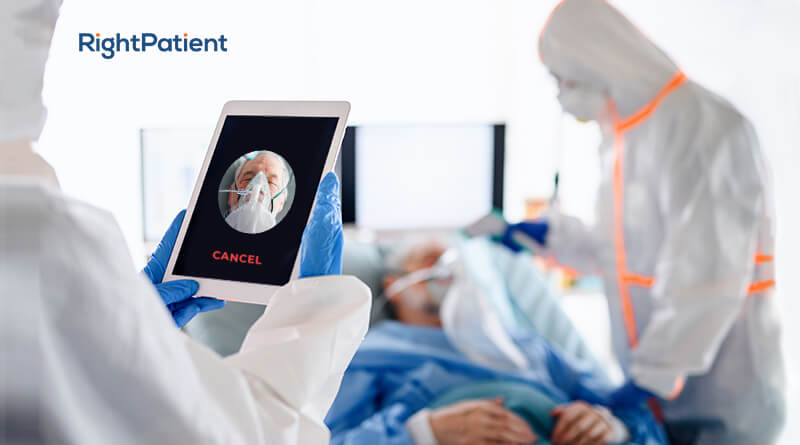
COVID-19, “the novel coronavirus”, “corona” – it goes by a lot of names. Whatever you choose to call it, one thing everyone can certainly agree on is that it is an unprecedented phenomenon that has changed the reality for all of us. Many of us have not met friends or family members for months, have not left our homes, and are practicing social distancing to save ourselves and our loved ones from getting infected. However, one of the only exceptions to be highlighted are healthcare workers. They have been tirelessly providing services over the last few months – tackling the relatively new disease on the frontlines, with many even getting infected with it in the process. However, hospitals need to ensure patient safety as they are opening up gradually. With that in mind, infection control in hospitals is mostly focused on the busiest areas of their premises. What about the first point of contact? Is it safe for patients? Is the process touchless, accurate, and hygienic? Let’s analyze how RightPatient can reduce infection control issues for you during the arrival of patients.

Infection control in hospitals
First of all, infection control in hospitals aims to reduce the spreading of infectious diseases and keep the number of infected individuals, incidents causing infections, or the possibilities leading to outbreaks as low as possible. This is quite a tricky task, as it is not always possible to keep these criteria in check.
However, everyone mostly focuses on the other areas of the health systems and are overlooking the first point of contact – patient registration desks, EDs, and so on. For most of the providers, that is usually where all patients go first to receive healthcare services. If not kept in check, these points of entries might turn into infection control issues. For instance, if the place gets contaminated, every patient coming afterward will be potentially infected unless it is decontaminated properly. That itself is an administrative nightmare and will force the hospital to block off the area, leading to delays or hold-ups in services, causing significant losses in the process. As one can clearly see, this is something that any healthcare provider would want to avoid, which is why infection control issues were always a concern for leading healthcare providers.
Patients are wary of infection control issues now
While infection control in hospitals, or lack thereof, was only a common headache for the providers, the coronavirus pandemic has led to it being a headache for everyone else as well. Nowadays, everyone is well aware of how the virus spreads and they are scrutinizing how hospitals can and are reducing or managing infection control issues.
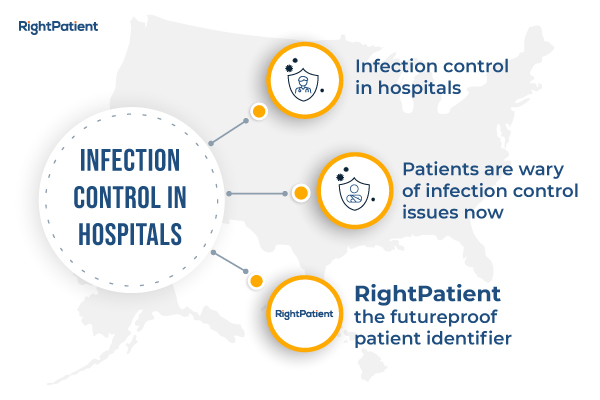
While the US healthcare system has been going all out to deal with the overwhelming number of patients, many providers are slowly opening their doors to regular patients requiring urgent care. For these patients, the hospitals need to be up to speed and ensure that they are improving patient safety and quality of care so that patients feel right at home and go through the caregiving process without any unwanted incidents.
While COVID-19 has instilled the fear of how good or bad infection control in hospitals is, what can the providers do to reduce spreading the disease at the first point of contact?
RightPatient – the futureproof patient identifier
It is a touchless biometric patient identification platform and has a variety of benefits. But how does it work exactly?
RightPatient locks the medical records of the patients with their photos upon registration. After enrollment, the patient just comes in and looks at the camera – RightPatient then matches the photo with the one saved alongside the medical record. It provides the saved medical record within seconds – ensuring accurate patient identification.
Leading healthcare providers understand the importance of positive patient identification and how it affects them. They have been using RightPatient for years and one of the reasons they chose it is because it is the most hygienic way to identify patients accurately and quickly without causing any infection control issues like other touch-based solutions.
While leading healthcare providers have been reducing infection control issues for years, you can do it now – preventing medical identity theft in real-time, reducing denied claims, and preventing duplicate medical records – all with a single platform that can be seamlessly integrated with your EHR system. RightPatient proudly protects over 10 million patient records and boosts the bottom lines of several healthcare providers.

